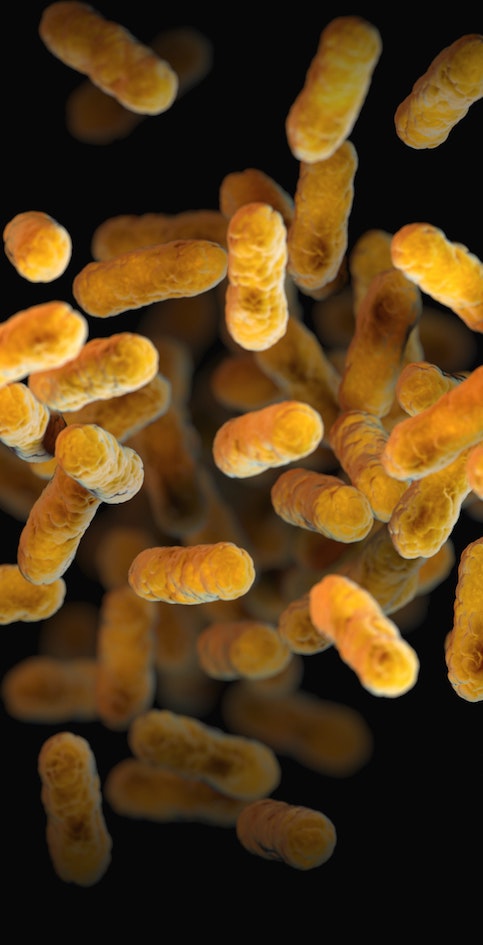Immune Health
Components of the immune system communicate closely with each other
to quickly neutralize threats to the body
Immune health
The immune system is one of the defense systems of the human body. It protects against pathogens and plays a central role in recovery from injury. Like the other regulatory processes, the immune processes are active throughout the body. The function is very prominent at the boundary between the inner and outer world; skin and mucous membranes and in blood and lymph. The immune system constantly communicates with other regulatory processes to enable a rapid response to threat. Often we only become aware of the immune processes during an infection or inflammation. Complaints such as fever, headache or redness in an inflamed wound can then manifest themselves. These complaints are related to the response of the regulatory systems to injuries, foreign substances or micro-organisms such as viruses, bacteria, fungi and parasites.
Physical barrier
The physical barrier is between the internal body and the environment. The physical barrier includes, for example, the skin. The skin is the boundary between the inside and the outside and The physical barrier is the boundary between the internal part of the body and the outside world. This includes, for example, the skin. The skin ensures that harmful substances and micro-organisms do not just enter the body. All body cavities, such as the digestive system, respiratory system and genitourinary system, are covered with mucous membranes. These tissues have various possibilities to prevent micro-organisms from entering via this route.
The innate (non-specific) defense
This includes the non-specific immune reactions that are initiated immediately after exposure to a harmful substance or micro-organism. This includes initial response to chemical threats and injury from trauma or burns. Everyone is born with essentially the same non-specific immune responses.
The acquired (specific) defense
This part of the immune system works on the basis of specific immune reactions against certain substances or micro-organisms that the body has come into contact with before and against which it has been able to mount a targeted attack. This response takes significantly longer to develop and requires a specific threat. The so-called B- and T-cell lymphocytes play a central role in this reaction. Each B and T cell recognizes only one type of foreign material such as a bacterium or virus and regulates the immune response to it.
The repertoire of activated B and T lymphocytes is constantly changing, adapting to the current threat of specific pathogens in the human environment. B lymphocytes have a short lifespan and act by means of antibodies. T-lymphocytes, on the other hand, have a long lifespan and work through cytokines (signals of the immune system). Both cells are formed in the bone marrow. B lymphocytes mature there. T lymphocytes reach their adult stage in the thymus gland.

CHRONIC INTRACELLULAIR INFECTIONS CAN BE MEASURED
Intracellulair infections
In addition to the known infections, however, many pathogens also appear to be capable of causing chronic intracellular infections. The medical literature shows that chronic diseases, but especially the resulting “post-infectious syndromes” are of much greater importance than originally assumed in view of the impact on quality of life. These intracellular infections may show up months or years later so that they are not associated with the earlier original infection. These late reactions to a previous infection are believed to be responsible for a significant number of disease states, which therefore have a strong autoimmune aspect.
In recent years, more and more publications have appeared in the scientific literature about these “alternative forms” into which a bacterial cell can transform
The most well-known alternative form is the L-shape of bacteria, in which they have a very thin or no cell wall at all. Today it is known that bacteria have various organizational forms of their cell walls. Many CWBDs are now associated with “post-infectious” syndromes. These CWBDs are “hiding” in the cell, are not noticed, but can become active. As a result, chronic complaints can still arise years after the original infections have occurred.

